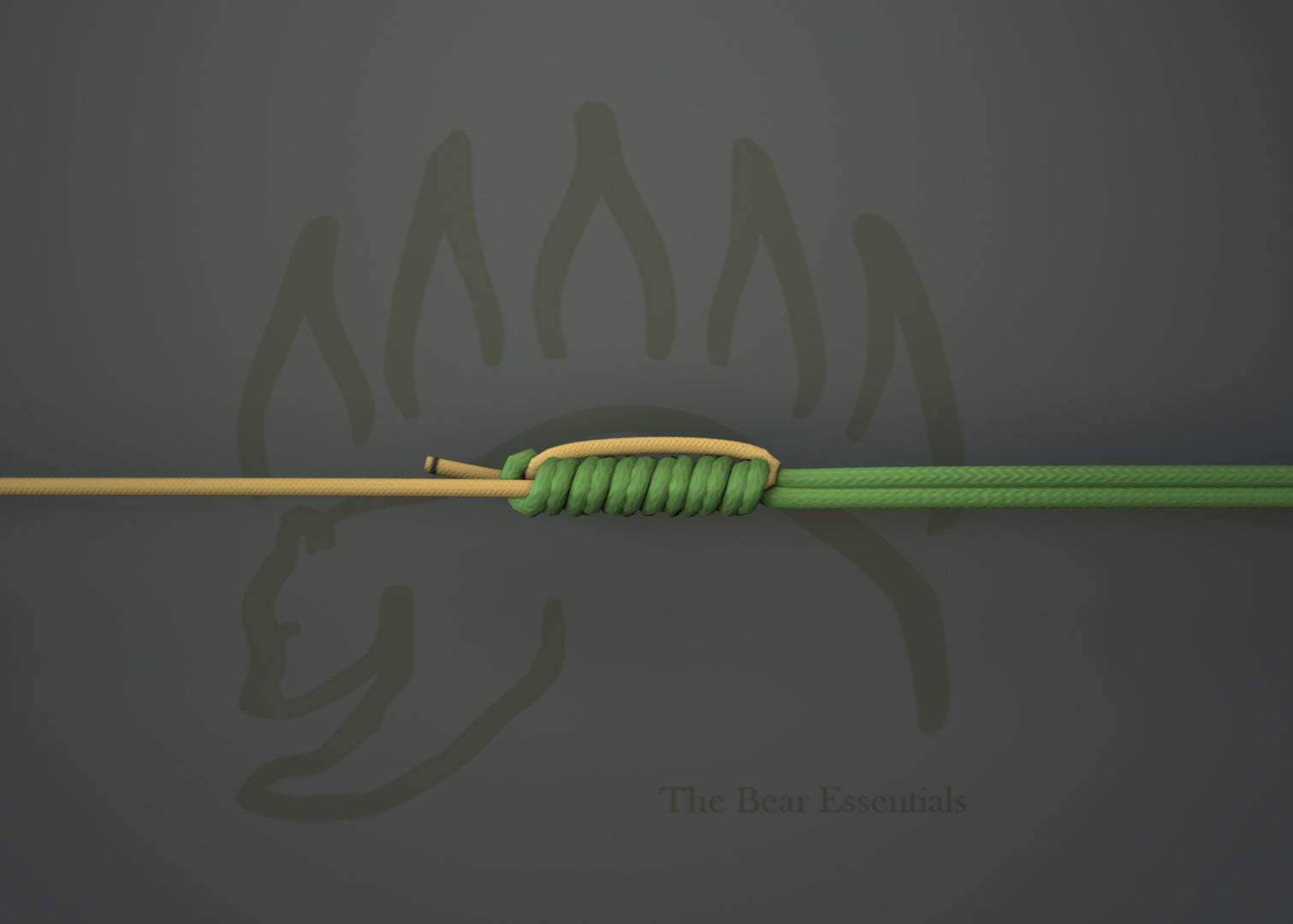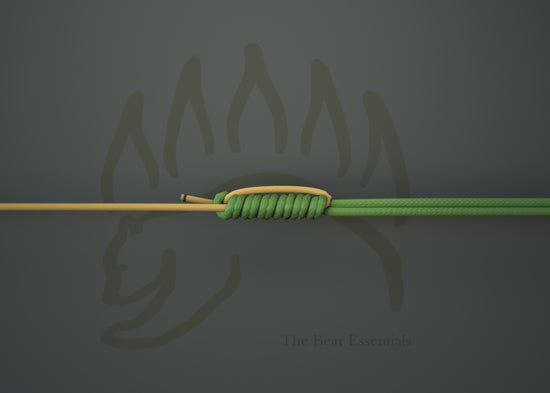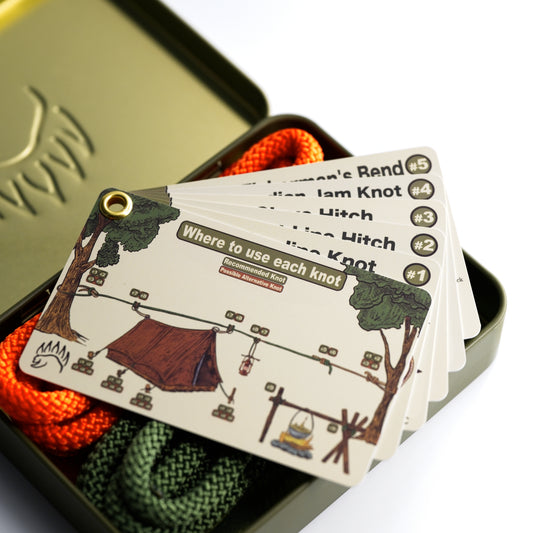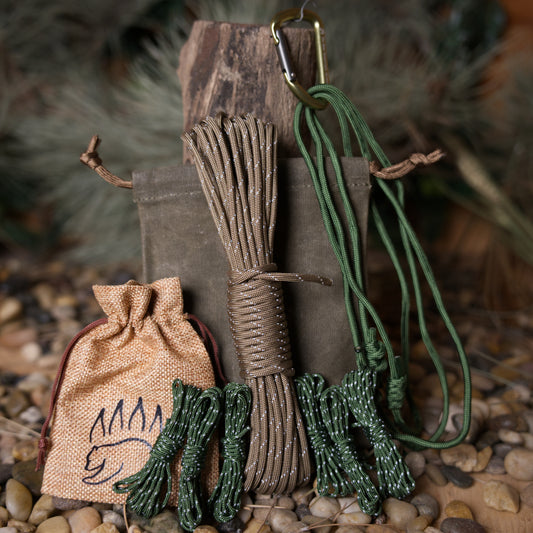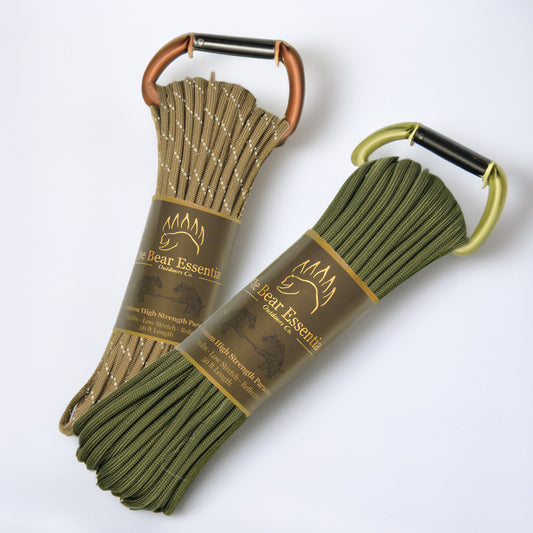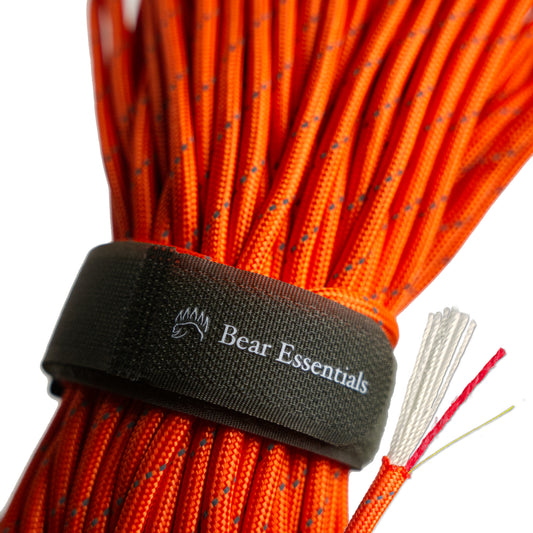How to Tie the Yucatan Knot
Usage
The Yucatan Knot is commonly used to join braided line to a monofilament or fluorocarbon leader in fishing, especially for offshore and saltwater applications. Compared to the Albright Knot, it’s stronger and quicker to tie, making it ideal for heavy leaders. Its compact profile passes through rod guides easily, but it requires a doubled main line, often via a Bimini Twist.
Why Learn the Yucatan Knot?
Its robust design ensures reliable braid-to-mono connections. This knot is a must for anglers needing strength in demanding conditions.
Common Uses
-
Fishing:
- Joins braided main line to mono or fluorocarbon leaders for offshore fishing.
- Secures heavy leaders for targeting large species like tuna or marlin.
ABOK Number
(Ashley Book of Knots)
Other Names
Category
|
Notable Features
- High Strength: Outperforms many knots for heavy leader connections.
- Low Profile: Passes smoothly through rod guides for casting.
- Quick to Tie: Forms fast with practice, ideal for on-water use.
- Versatile Use: Works in freshwater and saltwater for various species.
- Durable Hold: Resists slipping under the pull of big fish.
Variations
No true variations listed in the provided data. For added strength, you can increase wraps to 7–8 for mono or 15–20 for braid, though this may bulk up the knot.
Similar Knots
Albright Knot vs. Yucatan Knot
- Pros: Simpler to tie and works with single-strand braid.
- Cons: Less strong and bulkier than the Yucatan for heavy leaders.
Slim Beauty Knot vs. Yucatan Knot
- Pros: Slimmer profile and easier to tie for some anglers.
- Cons: Slightly weaker and less reliable under heavy loads.
History
The Yucatan Knot originated in the sport fishing waters off Cancun and Isla Mujeres, Mexico, where anglers needed a strong knot for big game fish. Not listed in The Ashley Book of Knots, it gained prominence for its ability to join braided line to heavy monofilament leaders. Its reliability in offshore fishing has made it a standard for connecting different line types in demanding conditions.
Security Level
The Yucatan Knot provides exceptional strength for braid-to-mono connections when tied correctly, often retaining nearly 100% of the braid’s breaking strength with a doubled line. It performs best with properly tightened wraps and a Bimini Twist. For slick or thin braids, extra wraps or careful cinching can prevent slipping.
Downsides
- Complexity: Requires a doubled line and precise wrapping, tricky with thin braids.
- Slipping Risk: May slip if not cinched tightly or with improper wraps.
Structure
- Create a doubled main line using a Bimini Twist or Spider Hitch with the braid.
- Lay the leader (mono/fluorocarbon) parallel to the doubled braid.
- Wrap the doubled braid around the leader 5–6 times for mono, 10–15 for braid.
- Pass the leader’s tag end through the loop at the end of the doubled braid.
- Wet the knot, pull both main lines to tighten, and trim excess tag ends.
Pro Tip: Lubricate the knot with saliva or water before tightening to reduce friction. Ensure wraps are tight and even to maximize strength. Practice with heavier lines first to master the technique before using thin braids.
FAQ
Is the Yucatan Knot strong enough for big game fish?
Yes, it’s one of the strongest for braid-to-mono connections, ideal for tuna or marlin.
What’s the best line for the Yucatan Knot?
A 20–50 lb braid with a 30–80 lb mono or fluorocarbon leader works well.
How does the Yucatan Knot compare to the FG Knot?
The Yucatan is quicker to tie but requires a doubled line, while the FG is slimmer with a single line.
Can the Yucatan Knot be used without a Bimini Twist?
Yes, but doubling the braid manually is less secure than a Bimini Twist.
Why choose the Yucatan Knot over a Double Uni Knot?
It’s stronger and has a lower profile, though slightly harder to tie.
Important Notes on Safety
Common failure points include loose wraps or insufficient lubrication, which can cause slipping or weakening. Always wet the knot and verify it’s tight before fishing.
Check the braid and leader for wear before tying.
Ensure 5–6 tight wraps for mono, 10–15 for braid.
Practice in calm conditions to perfect the technique.
